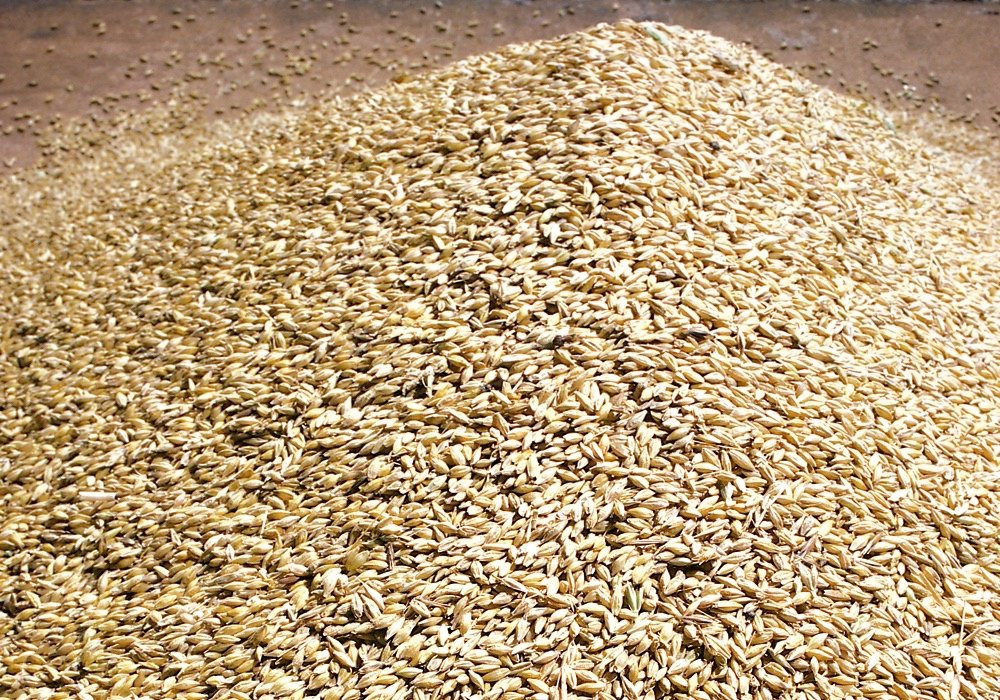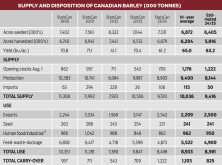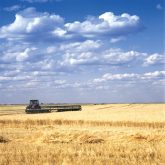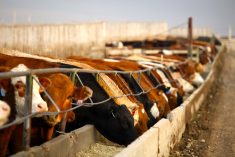I’ve received many inquiries from feedlot operators and cow-calf producers regarding the feed grain outlook for 2022. Barley prices continue to trade near historical highs. Western Canadian imports of U.S. corn are also poised to set a record during the 2021-22 crop year. Given the higher prices for corn and barley in Western Canada, feeder cattle across the Prairies have been trading at a discount to U.S. feeder cattle markets. It’s important for cattle producers to have a solid understanding of the factors that will influence corn and barley prices over the next six months. Therefore, in this article, I’ll provide a market overview of the barley and corn markets. I’ll also discuss potential opportunities and strategies for all types of cattle producers.
Read Also
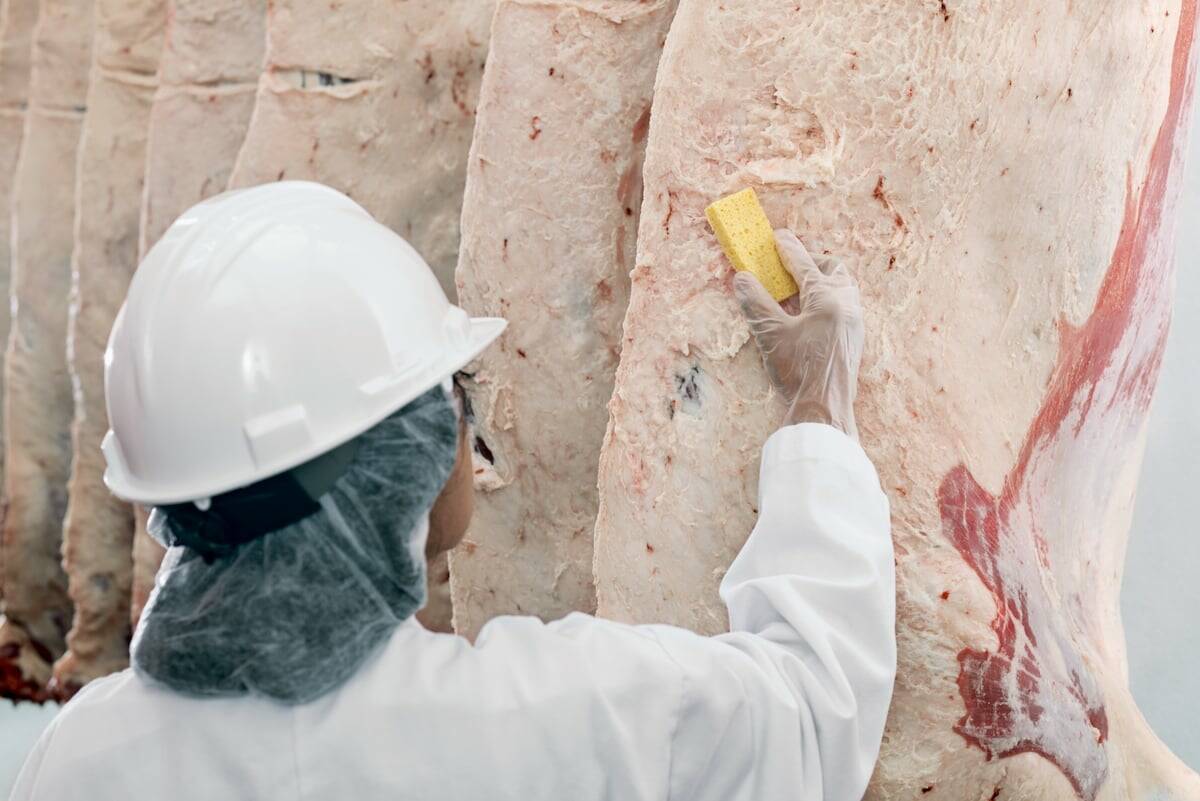
Key supply and demand factors in the U.S. beef market
Beef market analyst Steve Kay outlines the fundamentals driving the U.S. beef market, including cow herd size, weather, disease threats, imports and demand.
During the last half of December, feed barley in the Lethbridge area was trading in the range of $444-$460/tonne delivered. In central Alberta, feed barley was quoted at $420-$440/tonne delivered. The barley market is functioning to ration demand due to the lower production in 2021. According to Statistics Canada, Canadian farmers harvested 6.9 million tonnes of barley in 2021. This is up from the 2020 output of 10.7 million tonnes. The market needs to trade high enough to curb offshore movement and encourage the use of alternate feed grains.
Wheat for feed usage in central and southern Alberta was trading in the range of $450-$475/tonne delivered in late December. It’s important to realize that the average elevator bid for No.1 and No. 2 CWRS 13.5 protein was $475/tonne. Wheat will price itself out of feedlot rations in the latter half of the crop year. Therefore U.S. corn will be the main feed grain used in Western Canada until new crop barley supplies become available.
For the week ending December 23, U.S. corn sales to Canada totalled 3.0 million tonnes for the 2021-22 crop year. (U.S. corn crop year September 1-August 31). Western Canada is on pace to import five million tonnes of U.S. corn. U.S. corn was in the range of $400-410/tonne delivered in southern Alberta in early January. Corn is trading at a significant discount to feed barley resulting in substitution. The corn market is expected to stay firm. During the summer, we’ll see the Brazilian corn come on the world market which will weigh on North American values. However, with the stronger ethanol usage, analysts don’t expect much slippage in the corn market until new crop supplies are available.
For the week ending December 12, Canadian crop year-to-date barley exports were 1.3 million tonnes, down marginally from 1.4 million tonnes last year. China has been the major destination for Canadian barley. However, Ukraine and French feed barley are trading at a sharp discount to Canadian origin. The export pace of Canadian barley will slow from February through August of 2022.
This spring, Canadian farmers are expected to plant 8.3 million acres of barley, similar to the 2021 seeded area. Using a traditional abandonment rate and an average yield of 70 bushels per acre, production has the potential to reach 11.6 million tonnes. Many producers are inquiring regarding the probability of another drought. At this stage, it looks like the probability of another drought is quite low. The “La Niña” phenomenon in the Pacific Ocean tends to result in a cooler and wetter growing season for the Canadian Prairies.
New crop feed barley is trading in the range of $340-$350/tonne for September delivery in southern Alberta. New crop barley prices are $100/tonne below current levels. We wouldn’t be surprised to see feed barley trade sub $300/tonne for new crop positions. China has started buying new crop barley from Ukraine and France but not from Canada. Canadian prices are too high.
The feed grain complex in Western Canada will move through a major transition from July through September of 2022. This will have a large influence on the feeder market. Grass cattle and calf prices are expected to trade at 52-week highs this spring. The yearling market during August and September has the potential to make fresh historical highs. Cow-calf producers want to hold onto their calves as long as possible. Forage and hay prices are expensive but the additional cost will be rewarded in the long run.
Backgrounding operators will want to remain full through summer. The opportunity is to buy light-weight calves in spring and sell these as backgrounded yearlings in October. Finishing feedlots will need to monitor feeder cattle and feed grains accordingly. Major operators probably want to have the bulk of their corn requirements covered until the new crop. At the time of writing this article, the March feeder cattle futures were trading around $170 but the October feeder futures were at $183. The April 2023 live cattle futures have traded as high as $148. We’ve entered a clear bull market on the feeder cattle, which will be exacerbated by the lower feed grain prices in new crop positions.

